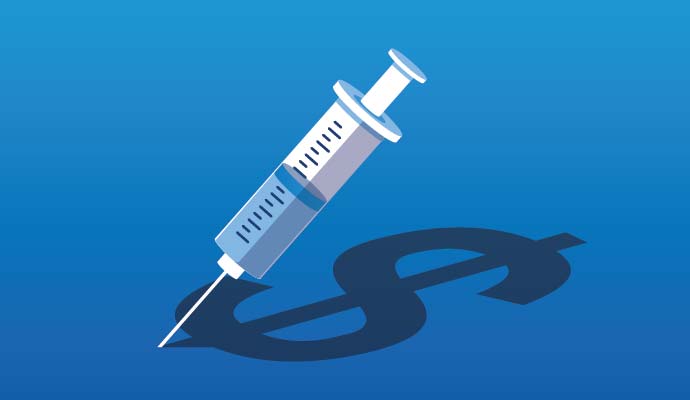CMS Finalizes Home Health PPS, Expands Infusion Medicare Benefits
The home health alternative payment model focuses on value-based reimbursement and accurate payment for home infusion therapies.

Source: Getty Images
- CMS has announced the finalization of changes to the home health payment model, known as the home health prospective payment system (HH PPS), which includes a home infusion benefit and offers an additional $250 million to Medicare home health agencies (HHAs).
“Today’s final rule also rewards value over volume by focusing on patient information such as their diagnosis and other health conditions, to more accurately pay for home health services,” said CMS Administrator Seema Verma. “The new permanent home infusion therapy benefit increases the availability of home-based care, by giving patients the choice and convenience to receive critical treatments, such as anti-infectives and chemotherapy, safely at home instead of a hospital or doctor’s office.”
The home infusion therapy covers not only the therapy, but also the nurse, provider, or therapist assistant who administers the infusion, patient education, patient training, and patient monitoring after the therapy is delivered.
The provision for therapist assistants is subject to state laws but represents a monumental shift in the law.
Previously, only therapists were allowed to administer infusions, which was severely limiting due to staff restrictions. With too few qualified therapists to perform the treatment, patients were forced to go to hospitals, increasing costs, and risking adverse health outcomes that can occur in an unfamiliar inpatient setting.
A recent study by UnitedHealth Group found that by receiving specialty drugs in a hospital rather than an in-home environment, healthcare spending increased by $4 billion. Simply providing these treatments in home could save 33 to 52 percent in healthcare spending.
In addition to offering better coverage for in-home services, CMS announced it will be implementing the Patient-Driven Groupings Model (PDGM). This alternative payment model for home health services shifts Medicare’s home health toward value-based care.
The model enables more accurate Medicare reimbursements for in-home services.
“CMS is finalizing a CY 2020 30-day payment amount for those HHAs that report the required quality data of $1,864.03, which is 4 percent higher than the proposed CY 2020 30-day payment amount of $1,791.73 as a result of a modification to our proposed adjustment, for the initial year of the PDGM, that is associated with behavior change assumptions,” CMS explained.
The model also emphasizes quality over volume in care.
Lastly, CMS intended to make the finalized model less susceptible to fraud by ending pre-payments.
CMS noted that fraudulent requests for anticipated payment (RAP) became more rampant in recent history. HHAs that engage in fraudulent RAPs will take an upfront payment but never send the final claims.
By 2021, RAP pre-payments will be completely phased out of the Medicare home health system. However, HHAs will be able to compensate for this change financially because they will be receiving payments more regularly, due to the new PDGM.
This rule may continue the trend found in a recent Brown University study. The researchers discovered that, while Medicare Advantage continues to attract more seniors, traditional Medicare’s home healthcare is of higher quality than Medicare Advantage plans’, with traditional Medicare beneficiaries facing a 17 percent chance of encountering low quality home healthcare as opposed to Medicare Advantage beneficiaries who had a 30.4 percent chance. The quality determination was largely influenced by the breadth of traditional Medicare’s home health provider network.
CMS is still looking for feedback on what drug therapies should be covered under Medicare.
